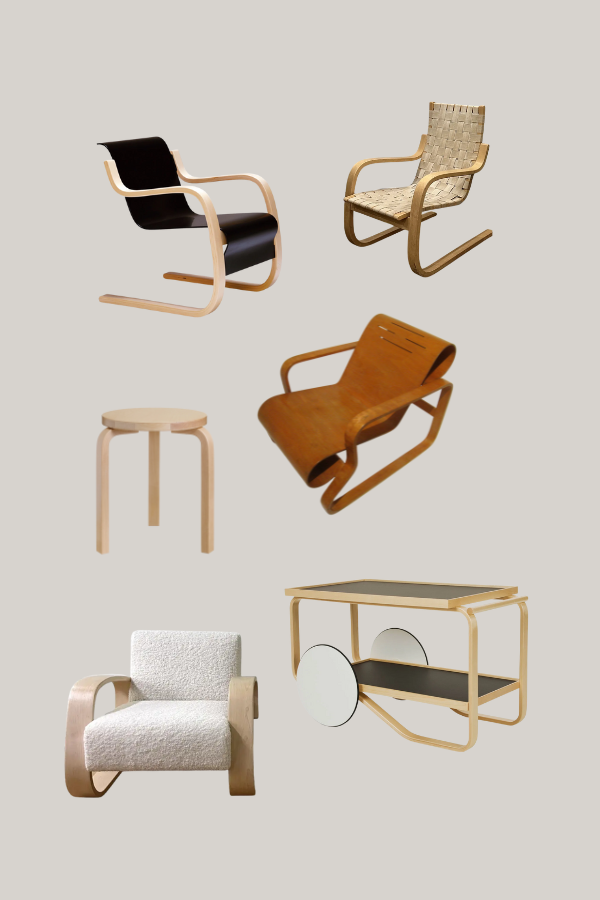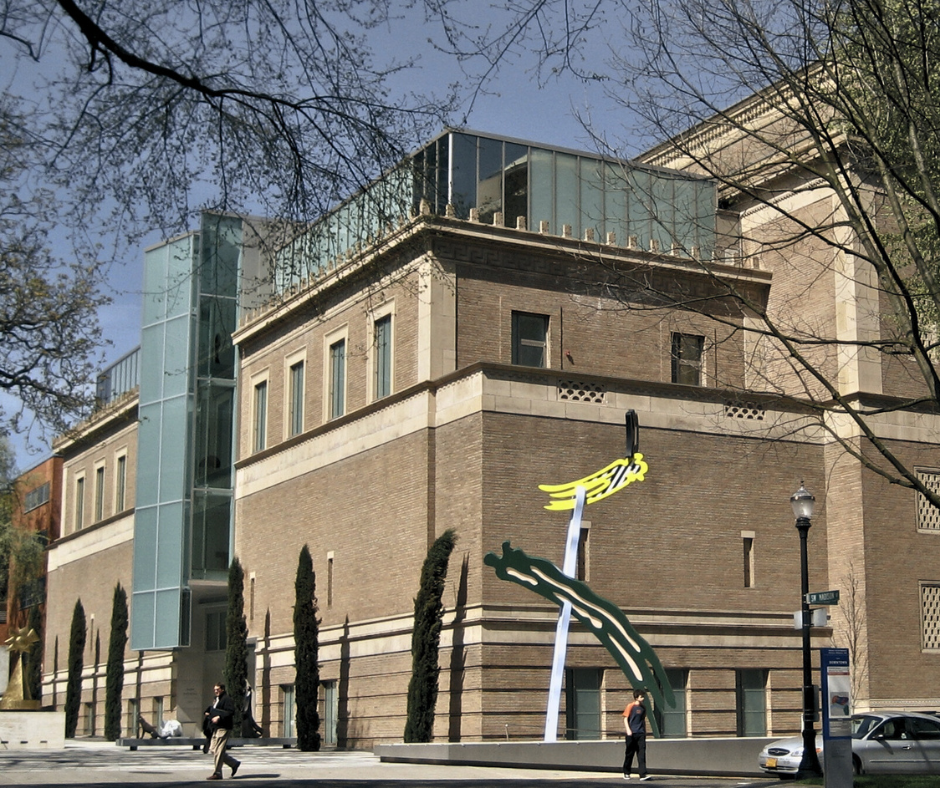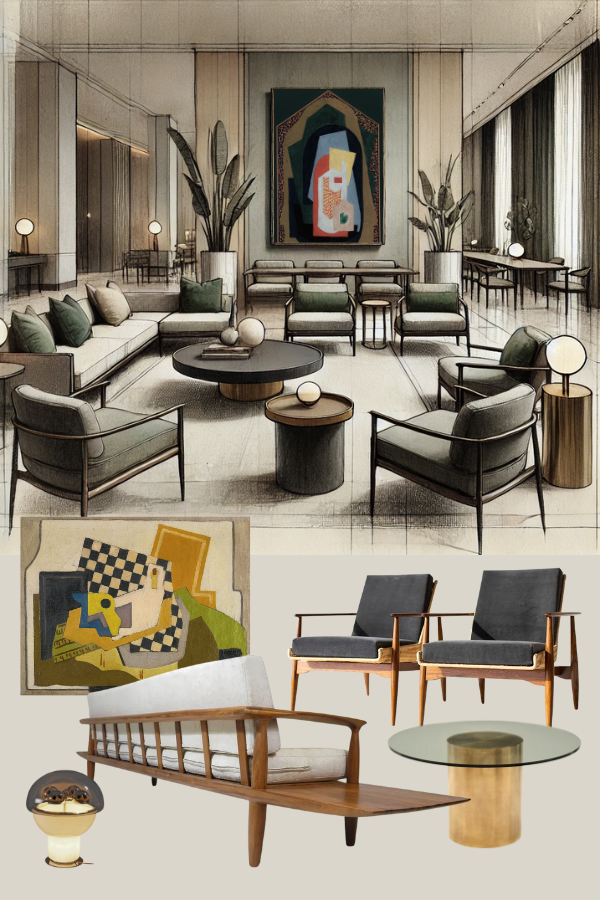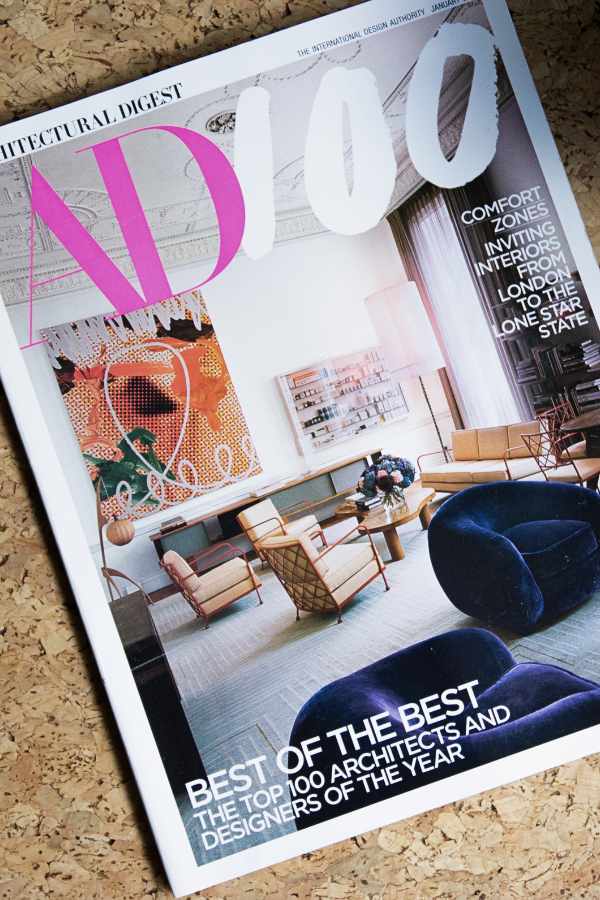
Draw Design Inspiration from These Architectural Digest Features
Summary
Architectural Digest continues to publish richly layered, globally relevant design features that go far beyond celebrity homes. In April, three standouts caught our eye: Verena Holthaus’s emotionally curated Munich apartment, a sensitively updated 1968 London townhouse, and a sculptural 646-square-foot Parisian retreat. Each space demonstrates how materiality, memory, and modern thinking can shape interiors that feel alive, nuanced, and truly personal.
Reflection Questions
Where in your current or upcoming projects could you lean more into storytelling—through objects, materials, or layout?
How do you balance honoring a space’s original architecture with introducing new ideas that reflect your client’s present and future?
What small design move could you make that adds intentional contrast—texturally, visually, or emotionally—to your interiors?
Journal Prompt
Revisit a past project and identify one moment where intuition guided your design decisions more than logic or trend. Describe what you did, why it worked (or didn’t), and how that instinct has evolved in your current creative process.
We promise, Architectural Digest isn’t just a glossy parking spot for celebrity homes. 100 years since its founding, its editors are still championing architecture, interiors, and design innovation in ways that feel intimate, intelligent, and globally informed.
This month, we’re spotlighting three recent features from AD that made us pause and take note. From a layered vintage-rich apartment in Munich to a sculptural Parisian hideaway and a sensitively restored London townhouse, these homes encourage us to create interiors that are emotionally resonant, materially daring, and beautifully lived in.
We hope these spaces will expand your sense of what’s possible—wherever and whatever you’re designing next.
3 Architectural Digest Design Features Filled with Inspiring Spaces
#1 Layered Legacy: Verena Holthaus Turns Vintage Finds into Emotional Interiors
In Munich’s Ludwigsvorstadt-Isarvorstadt district, every object has a backstory and no table is just a table. Creative consultant Verena Holthaus’s home is a vibrant, emotionally resonant series of spaces built on flea market discoveries, personal mementos, and a curatorial instinct that makes sense out of eclecticism. If you value authenticity over artifice, Holthaus’s apartment might be a source of inspiration for you. It is a stunning demonstration of intuitive styling and the narrative power of objects.
Her aesthetic centers on “the culture of the table.” Through her concept salon and shop, Salon c/o, she reimagines communal dining as a site of conversation, memory, and modern ritual. Interestingly, we ruminated on the changing nature and role of the circular table in last season’s issue of The DesignDash Magazine.
Back to Holthaus’s Munich home; she artfully choreographs the atmosphere in this space. Think Ettore Sottsass–inspired seating under a striped canopy, Biedermeier chests supporting Brutalist sculptures, and vintage cutlery resting on contemporary ceramics.
What Designers Will Love
Designers will appreciate her unapologetic approach to color (including painted ceilings that capture the dopamine decor trend), and her belief that no piece needs only to matter—not necessarily to match. With no formal symmetry and little concern for catalog-perfect rooms, her method is soulful, layered, and rooted in intuition. We hope her work will inspire you to create something special in your next interior design project.
Read the full feature on Architectural Digest (written by Mailin Sophie Zieser).
#2 Modern Memory: A North London Townhouse by Hagen Hall Balances Legacy and Livability
In Hampstead, which is one of London’s most architecturally storied enclaves, a 1968 townhouse quietly defies the common (and often heart-breaking) fate of over-restoration. Originally designed by architect Ted Levy, Louis Hagen Hall reimagined the home to honor its midcentury soul while making room for a growing family.
Rather than replicate the past, Hagen Hall leaned into it—preserving diagonal Paraná pine paneling, reworking circulation with floor-to-ceiling pocket doors, and layering in warm cherry cabinetry alongside stainless steel elements. The sunken living room, staggered levels, and Akari-lit dining area feel immersive and cinematic.
What Designers Will Love
Designers will appreciate the quiet confidence of this renovation. It doesn’t imitate. Instead, this home has evolved and will likely continue to do so—shaping a livable future from a storied past. After all, true modernism is as much about adaptability as it is about form.
Read the full story on Architectural Digest (written by Leonie Rolinck).
#3 Sculpted to Scale: A Petite Parisian Home with Monumental Impact by Geiger & Hijlkema
Tucked behind a courtyard in Paris’s Père-Lachaise district, this reimagined 646-square-foot home by Geiger & Hijlkema defies its footprint with confidence. Working from the bones of a once-cluttered cottage, the architects stripped everything away to create a sequence of volumes that compress and expand like a visual rhythm.
The space unfolds across three levels, two terraces, and a series of considered material contrasts: green terrazzo framed in oak, bush-hammered concrete, limewashed walls, stainless steel, lacquer, and mirror. A sculptural staircase anchors the home, widening as it rises. A horizontal mirrored strip—a nod to Le Corbusier—reflects light ingeniously.
What Designers Will Love
Designers will admire the nuance in this space. Low kitchen ceilings rise into a dining room and peak in the living room, fitting three distinct zones into a single 237-square-foot floorplate. The furnishings—an assembly of Mies van der Rohe chairs, a Johannes Andersen sofa, and Baoulé chairs perched atop stacks of art books—embody architectural seriousness without feeling excessively heavy or self-aggrandizing.
Far from overdesigned, this home celebrates the patina of life. Quoted by Nicolas Milon, who wrote the feature, the architects note that they “like knowing that the house will evolve.” Small spaces truly can hold (and execute) big ideas.
Read the full feature on Architectural Digest (written by Nicolas Milon).
What We Love About AD at DD
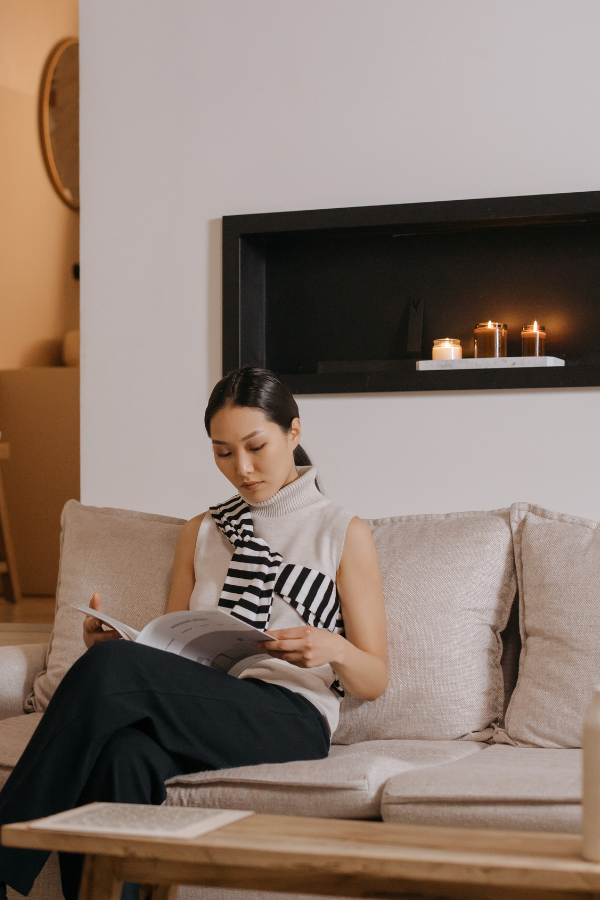
At DesignDash, we view Architectural Digest as an international authority on architecture, art, and interiors. Whether you’re flipping through a feature on a sculptural Parisian retreat or browsing their site for the latest in paint color trends, AD consistently delivers content that speaks to interior designers, architects, and creatives who want to shape the world thoughtfully—and beautifully.
What sets AD apart is the way its editors curate stories that explore the people, places, and ideas behind the spaces we love. AD covers work that transcends borders and disciplines. Its editors have filled Architectural Digest with interior design, architecture, and art spotlights that resonate. We especially admire how AD balances visual richness with editorial clarity, creating stories that feel as fresh in June as they do in January or December.
So whether it’s a deep dive into color theory, a profile of Bradley’s latest residential project, or a look at how a father and son duo reimagined a Brooklyn brownstone, Architectural Digest remains a constant source of inspiration and information. Just like our incredible Community members do, the designers profiled in AD remind us that great design is centered in context, culture, and connection.




